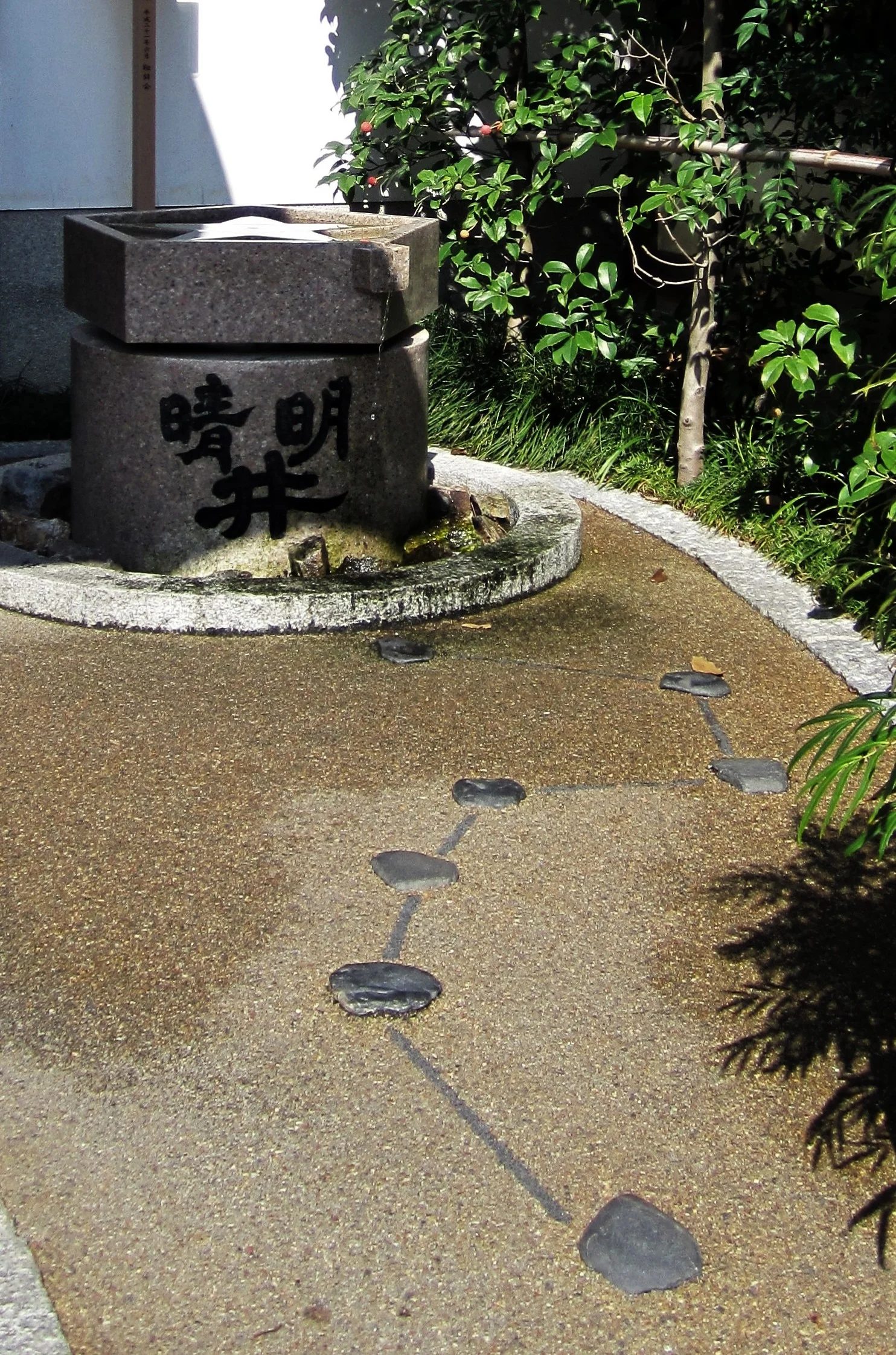Seimei 清明
Today marks the beginning of Seimei 清明 “Clear and Bright,” the two-week “season” in the traditional Japanese calendar when the sun moves from 15° to 30° on the ecliptic. The name suggests a period of sunny, clear weather in which one might enjoy an abundance of blossoms—especially cherry blossoms— after early spring’s chill has lifted, as geese and swallows return from their wintering grounds.
Seimei 清明 is also the name of famous Heian-era esoteric cosmologist Abe no Seimei 安倍 晴明, a figure of both history and legend. I have to admit I probably wouldn’t know the name Abe no Seimei, though, if I hadn’t spent a year living ⅓ km north of where he lived in Kyoto when I was a Midorikai student. It’s on that site that a shrine dedicated to him was erected in 1007 CE. More than five centuries later, it seems that Sen no Rikyū 千利休 built a home for himself on the grounds of the shrine and especially favored the water from this well for making tea.
A millennium into the shrine’s existence, the prominent pentagrams gracing its entrance caught my eye as I’d bike past on errands. While you can barely throw a proverbial stone in Kyoto without hitting a shrine or temple, I hadn’t seen anything like these pentagrams in them before. Found throughout Seimei-jinja 晴明神社, the pentagrams are Abe no Seimei’s emblem and represent the Five Elements in Taoism. When I took the time to explore the shrine, I was delighted if not surprised— physical and religious cosmologies having been segregated* only in recent times—to find the path to the grounds’ famous well marked with stepping stones in the shape of the Big Dipper 北斗七星.





* Though of course incompletely, the Space Window in the US’s Washington National Cathedral being a symbolic example of which I only recently learned.




